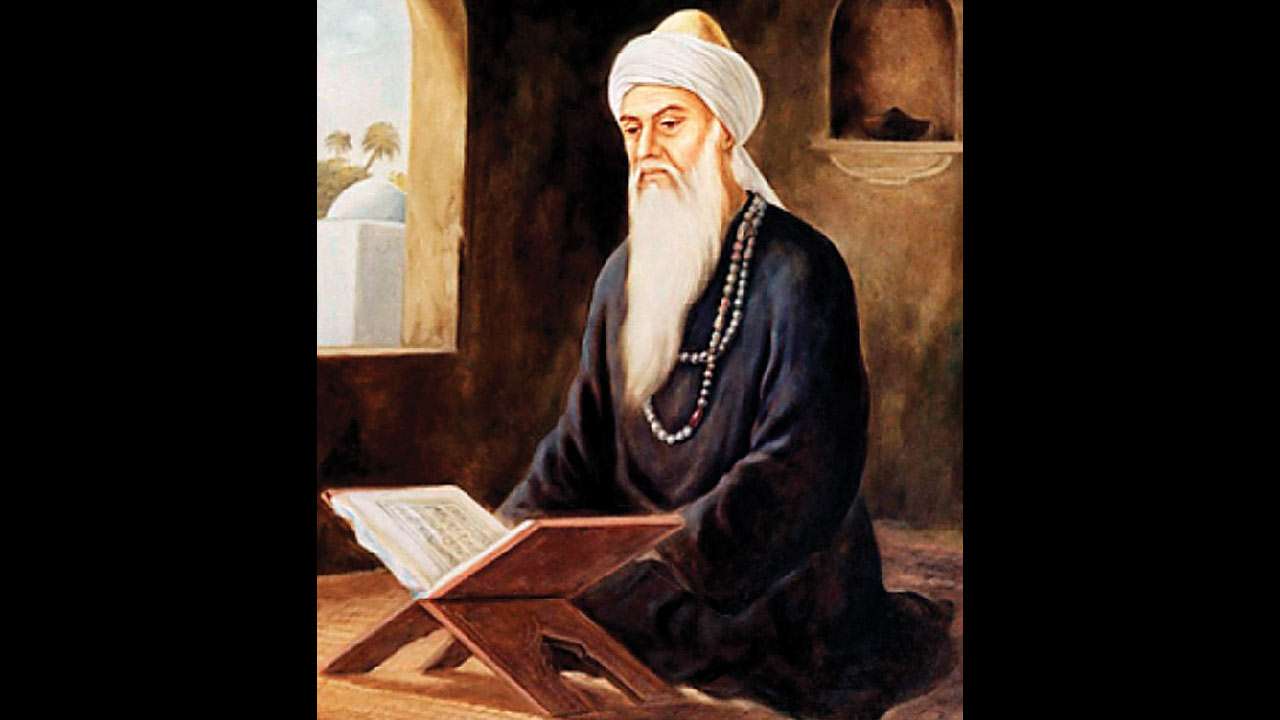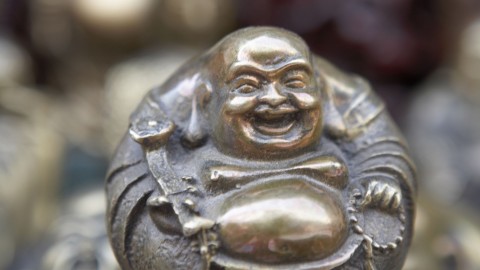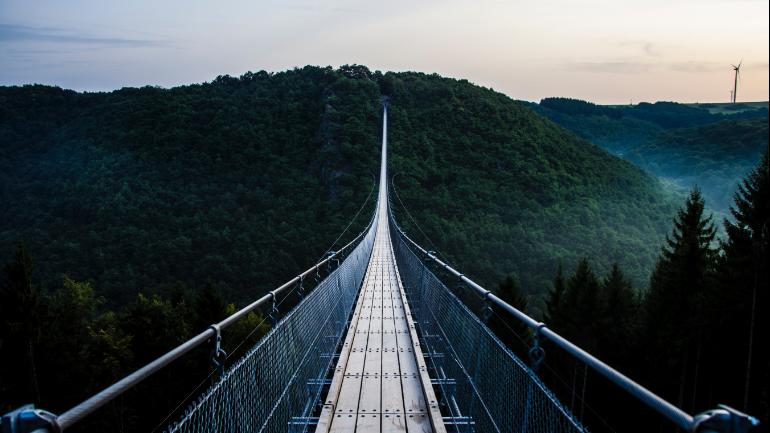The master sculptor surveyed the different blocks of marble at the quarry. In his lifetime he had learned that there existed a “suchness” to every piece of stone. Finding that suchness and releasing it to its true life had been the secret of the sculptor’s success.
“Ah-ha,” he would say. “There is a heroic figure locked in that piece and a saint trapped inside that other one. But where will I find the stone from which I will sculpt my masterwork, a glorious statue of the Buddha?”
He had been searching for what he called the “Buddha block” for over forty years and now he felt his energies waning. He had traveled to the great quarries of the world: Italy where Michelangelo had mined his stone, Vermont where the stone glowed with light, and to obscure regions of the mountains of China.
Nowhere could he find that one perfect slab from which he knew he could release the most perfect likeness of Buddha.
He consulted experts from around the world. He hired a specialist to scour obscure areas. No success. In search of consolation, he sought out a local Zen priest, who headed a small temple just at the end of his street. When he explained his fruitless search, the priest smiled and said, “No problem.”
“Do you mean you can tell me where I might find the perfect material from which I can release the Buddha of my dreams?” said the excited sculptor.
“Of course.”
“Where?”
“Over there,” said the priest, pointing to a stone well in the courtyard.
The excited sculptor ran to the well and looked down. There he saw his own image looking back at him.
Be Total
The master sculptor was total in his work. So his search to find Buddha in every stone. He was total in his profession. How can we find out whether we are total or not? From our Emotions we will be able to find whether we are total or not?
The miracle is that when one can go into one’s emotions a hundred percent, all that is wrong starts disappearing. That is the miracle. And all that is right starts growing. A really total person will not be able to be angry. In the beginning when you start you will be more and more angry, but soon the point comes when you are totally angry and see the naked futility of anger, the utter absurdity of anger, the insanity of anger. When you have seen it – not because Buddha has said so or I have said so – it will drop. The seeing is enough. You need not drop it, it drops of its own accord.
A total person will be able to love and unable to hate. A total person will be able to be compassionate and will be unable to be angry. That is the end. I am not telling you to be a buddha right now. But one has to begin somewhere. One has to start moving in the direction of being a buddha.
Totality is certainly not an ideal; it sounds as if it is. It is just a different style of life. Right now you are living a lifestyle which can be called partial – only parts of your being are allowed to surface, only the tip of the iceberg. You are living in fragments, you are living split. This is a kind of schizophrenic life.
Misery is bound to be the outcome of it – misery and only misery. Bliss is the consequence of being one, integrated. That’s exactly the meaning of the word yoga: union, integration, oneness.
Our desire to hope for continuous state will be hindrance for Being Total.
Who is telling you to make it a continuous state? Why do we always think of the future? Why do we make things unnecessarily difficult? – For a certain reason, there is a motive. First you make something very difficult, then you can say, “This is not possible. I cannot do it,” and it is finished. There is no need for it to be total, there is no need for it to be continuous.
That’s why it looks contradictory, paradoxical, but I say to you that when sometimes you are not total, be total in it – then don’t be total. Then accept that “This is the moment when I am not total.” Don’t hide it, don’t fight it. If it is not possible, it is not possible. Don’t feel guilty about it; you are not committing a sin. It is your life. If you want to be total sometimes, good, if sometimes for a change you enjoy not being total, perfectly good.
Learning from story Buddha Block: Be Total
Experience Learning
Totality is the Key
There is an intricate relationship between an act and the end result. We always want to have a perfect result for whatever we do, without losing ourselves in the act. Is such an act possible? To understand the fine difference, it is important to examine ‘perfection’ and ‘totality’. Although for many people, perfection is the ultimate goal, it is nothing less than illusion or myth; something which is nonexistent. We are attracted by the very idea of perfection, not realising that it is like a disease which is dangerous and destructive. If not for our obsession with perfection, our action could open the door to a beautiful spiritual journey.
Whatever you do, just pour your heart in it, do it with totality. The Bhagavad Gita says that karma is enjoyable if the heart is involved in it. Then there is no karma and kerta; both melt and become one. That is totality. Perfection is myth, while totality is reality.
Perfection is a goal somewhere in the future while totality is an experience this very moment, in which your act is transformed into meditation and a beautiful prayer descends in your heart. In fact, there is no future reference or goal for totality; only a routine lifestyle albeit soaked in spiritual fragrance.
If you do any work or any act with your whole heart, then you are total, then you are walking on the same path which Kabir and Ravidas chose.
The whole idea is to ‘be total’ in everything that you are doing. It doesn’t matter what you do, whether you are making clothes like Kabir or shoes like Ravidas, or cooking food or working on a new design for most advanced spacecraft, or cleaning the floor. The job is immaterial. The focus is that doing is with totality, which is the only way to transform the act into meditation and to transform the doing into a beautiful prayer.
The founder of Tantra vision, Saraha, born two centuries after Gautama Buddha in Vidarbha district, Maharashtra, later became a disciple of Skri Kirti, a Buddhist saint and disciple of Buddha’s son Rahul Bhadra. Saraha, along with his father and four brothers, spent some time in the court of King Mahapala and he was particularly popular among his brothers for his knowledge of the Vedas.
After some time, the Brahmin Saraha became a sannyasin and chose Sri Kirti as his master. Immediately after his initiation, the first thing Sri Kirti asked Saraha was to drop all the Vedas, and all the learnings. After many years, Saraha became a great meditator. One day, while in meditation, Saraha had a vision that there was a woman in the market place who would become his real teacher. Saraha told his guru about the vision and with his blessings, left to seek the truth about his visions.
Sarah found the woman he saw in his vision in the marketplace. She was a young woman of a lower-caste arrowsmith family. She was making an arrow. For Saraha, this was a major shift – a learned Brahmin saint seeking out an arrowsmith woman as guru.
Saraha watched her carefully. The young woman was lively and luminous with life, cutting an arrow shaft, deeply absorbed in the process. Saraha immediately felt something extraordinary, something he had never heard or learnt in the scriptures or from any guru. Her very action of making the arrow illuminated the heart of Saraha.
He continued watching her working on the arrow. She, on the other hand, was working intensely without realising his presence or getting perturbed by his stare. For her, no one existed at that moment. After the arrow was ready, she closed one eye and opened the other as if pointing towards a target to check the fineness of the arrow. And that very moment something happened. Saraha understood the real meaning which he couldn’t discover in life despite reciting from various books. She was much absorbed in the act; there was no duality. She was one with her work. She gave Saraha the real message of Buddha – to be total in the action is to be free of action. Be total and you will be free. For the first time, he understood what meditation is.
The ordinary arrowsmith woman became the real teacher of a Brahmin guru without saying a word or mantra correcting scripture. Saraha got enlightened with just her presence involving routine work of making an arrow, albeit completely absorbed and melted with the act in the process.
Tags: Be Total Every Addiction Love And Respect Our Curiosity Participate Totally Situation Changes










